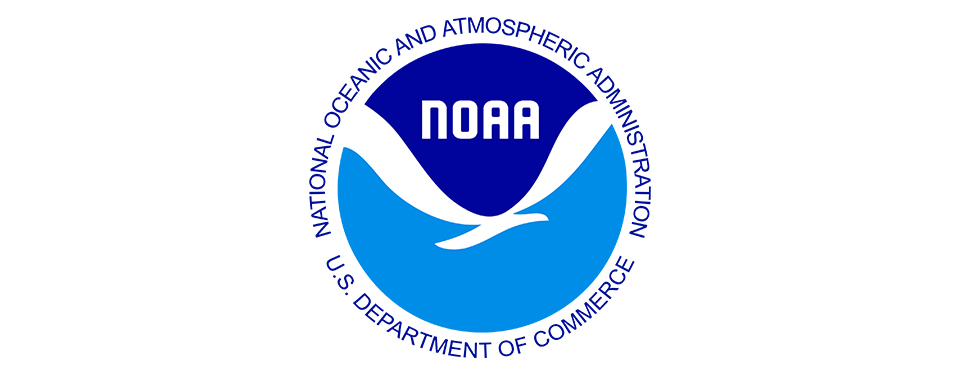Sea Level Rise
Global models indicate that California will see substantial sea level rise during this century, with the exact magnitude depending on such factors as, global emissions, rate at which oceans absorb heat, melting rates and movement of land-based ice sheets, and local coastal land subsidence or uplift.
About The Tool
This modeled data represents inundation location and depth for the San Francisco Bay, the Sacramento-San Joaquin River Delta and California coast resulting from different increments of sea level rise coupled with extreme storm events. This research is unique and innovative in its dynamic spatial detail and the fact that it incorporates real, time series water level data from past (near 100 year) storm events to capture the dynamic effect of storm surges in modeling inundation using 3Di, a three dimensional hydrodynamic model along with high resolution earth surface models. Details are described in Radke et al., 2017, CEC-500-2017-008.
Radke, J. D., G. S. Biging, M. Schmidt-Poolman, H. Foster, E. Roe, Y. Ju, O. Hoes, T. Beach, A. Alruheil, L. Meier, W. Hsu, R. Neuhausler, W. Fourt (University of California, Berkeley). 2017. Assessment of Bay Area Natural Gas Pipeline Vulnerability to Climate Change. California Energy Commission. Publication number: CEC-500-2017-008.
Stelling, G. S. (2012). Quadtree flood simulations with sub-grid digital elevation models. Proceedings of the ICE - Water Management, 165(10), 567–580.
Data Source

Inundation Depth Layer Mosaics for San Francisco Bay, Sacramento-San Joaquin Delta and California Coast
University of California, Berkeley
Cal-Adapt provides inundation depth mosaics derived from the original source layers. The mosaics are produced by first, resampling the inundation depth layer for each tile to 3m x 3m resolution for the Bay and Delta, 50m x 50m for the Coast. Second, depth values (in m) in a layer are rounded to 3 decimal places. Finally, mosaics are assembled as maximum of source layers. Original source layers can be downloaded from this link.
Additional Sea Level Rise Tools & Resources

Coastal Storm Modeling System (CoSMoS)
Our Coast Our Future (OCOF) is a collaborative, user-driven project focused on providing coastal California resource managers and land use planners locally relevant, online maps and tools to help understand, visualize, and anticipate vulnerabilities to sea level rise and storms. This tool is based on the data developed by USGS through their Coastal Storm Modeling System (CoSMoS).

Sea Level Rise Viewer
Visualize community-level impacts from coastal flooding or sea level rise (up to 6 feet above average high tides). Photo simulations of how future flooding might impact local landmarks are also provided, as well as data related to water depth, connectivity, flood frequency, socio-economic vulnerability, wetland loss and migration, and mapping confidence.